The first important step in the long journey towards discovery of new drugs via the approach of structural modification of known biologically active molecules is the selection of suitable ‘lead’ molecule. The main sources of ‘leads’ include:
- Knowledge of the biochemical step to be modified/inhibited,
- Identification of a prototype possessing the required type of activity and
- Synthesis of new compounds, based on ‘pattern recognition’ followed by their broad screening.
Once a ‘lead’ has been identified, it is often possible to optimize the particular activity by synthesis of its analogs, maintaining the essential ‘pharmacophoric pattern’ in relation to specified biological affect, followed by biological activity. It is useful to carry out both physicochemical-active relationships (PAR) and structure-activity relationships (SAR). The PAR then explains the interactions between organic molecules and a biological system in term of a few quantitative parameters which describe the physic chemical properties of the organic molecules. Such studies apart from the possibility of providing new drugs/leads, also give meaningful information about conformers, the structure-function relationship, and the topography of the bioreceptors involved. The work envisaged in this thesis is based on this approach to drug design.The marked CMR activity exhibited by antodyne, lead to the discovery of drug such as mephenesin, chlorphensin and its carbamates which possess clinically useful CMR activity
The book is organized into five chapters.
Chapter- I Introduction and review of literature. This chapter contains ideology of modern science, medicinal chemistry and drug discovery have been discussed in details. Modern concepts of drug synthesis, combinational chemistry etc has been described.
Chapter-II of the thesis is concerned with the synthesis and bioevaluation of 1- aryloxycyclohexane-2, 3-diols, in a study to improve upon th Pharmaceutical & Nursing Sciencese activity of antodyne class of compounds and to map out the spatial disposition of two hydroxyl group which elicits CMR and Anti diabetic activity.
Chapter-III second of this thesis deals with the synthesis and bioexploration of 1- alkanoylphenoxy-3-subsituted amino propane, in order to dissociate the three activities and to optimize the individual activities exhibited by the prototype, 1-p-propionylphenoxy-3-N- phenylpiperazinylpropane prepared earlier.
Chapter- IV Synthesis and biological screening 1-aryloxy-2-hydroxy-3-subsituted aminocyclohexanes, which have been prepared in an attempt to modulate 3-adrenoceptor blocking activity and hyperglycemic activity of aryloxypropanolamines. Chapter-V Conclusion Final conclusion of the research work given in this chapter.

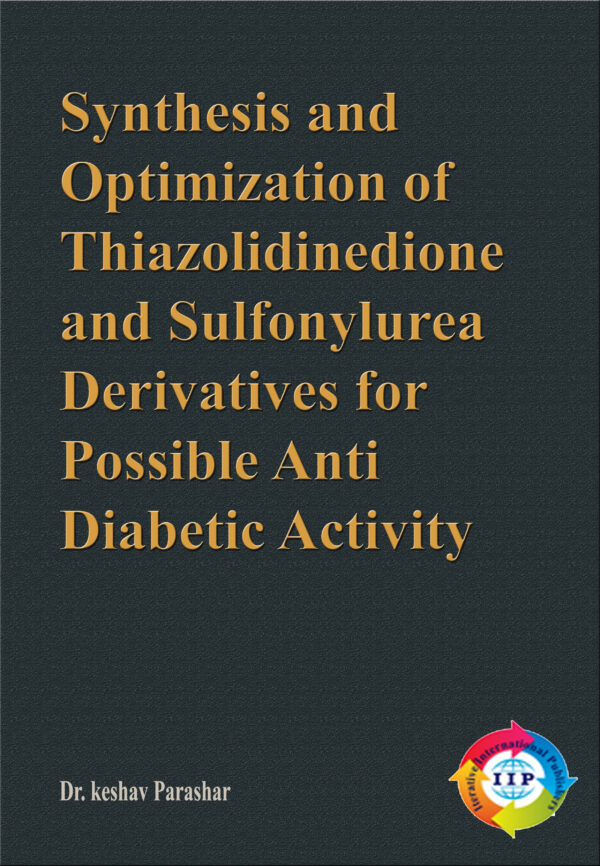
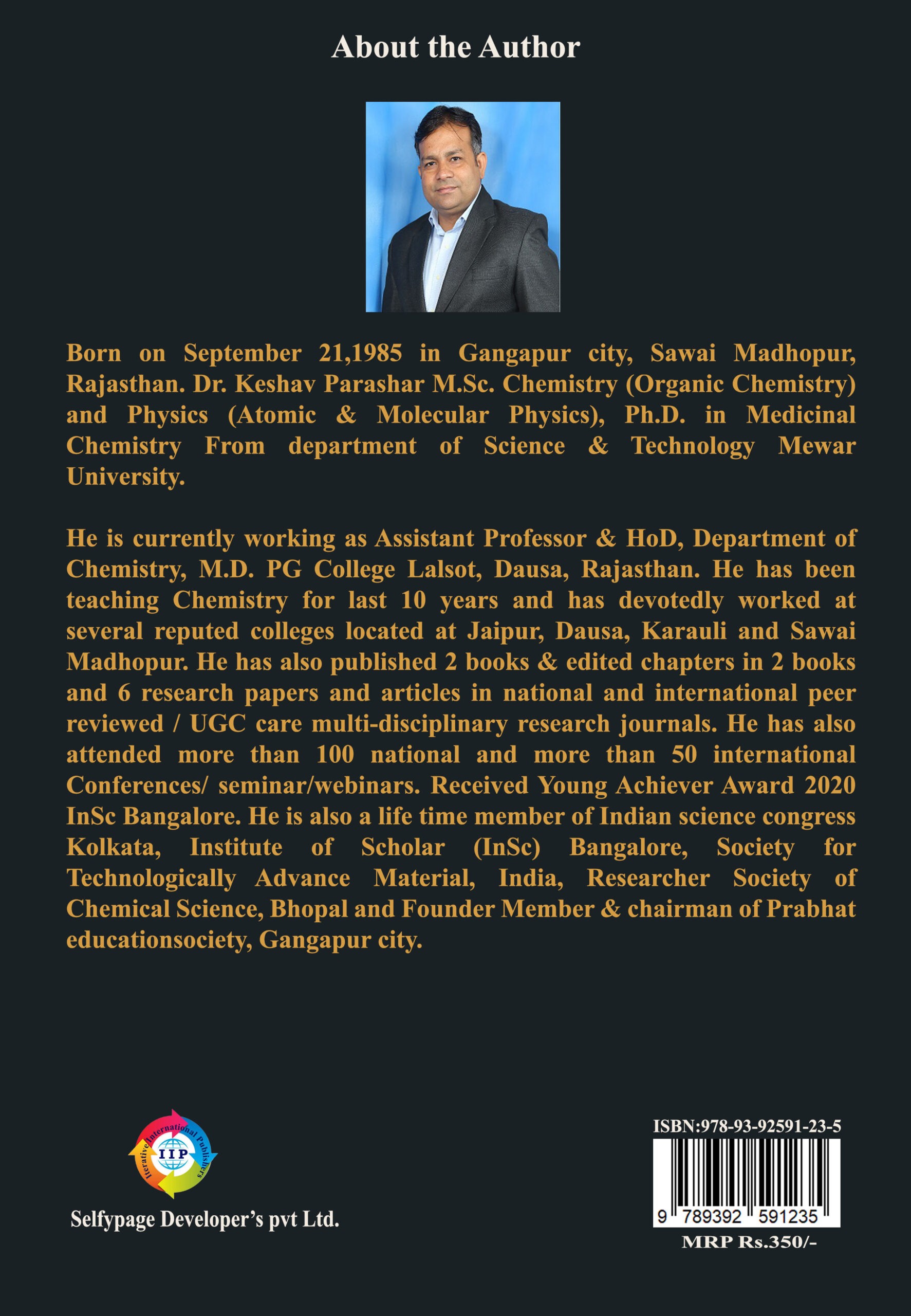
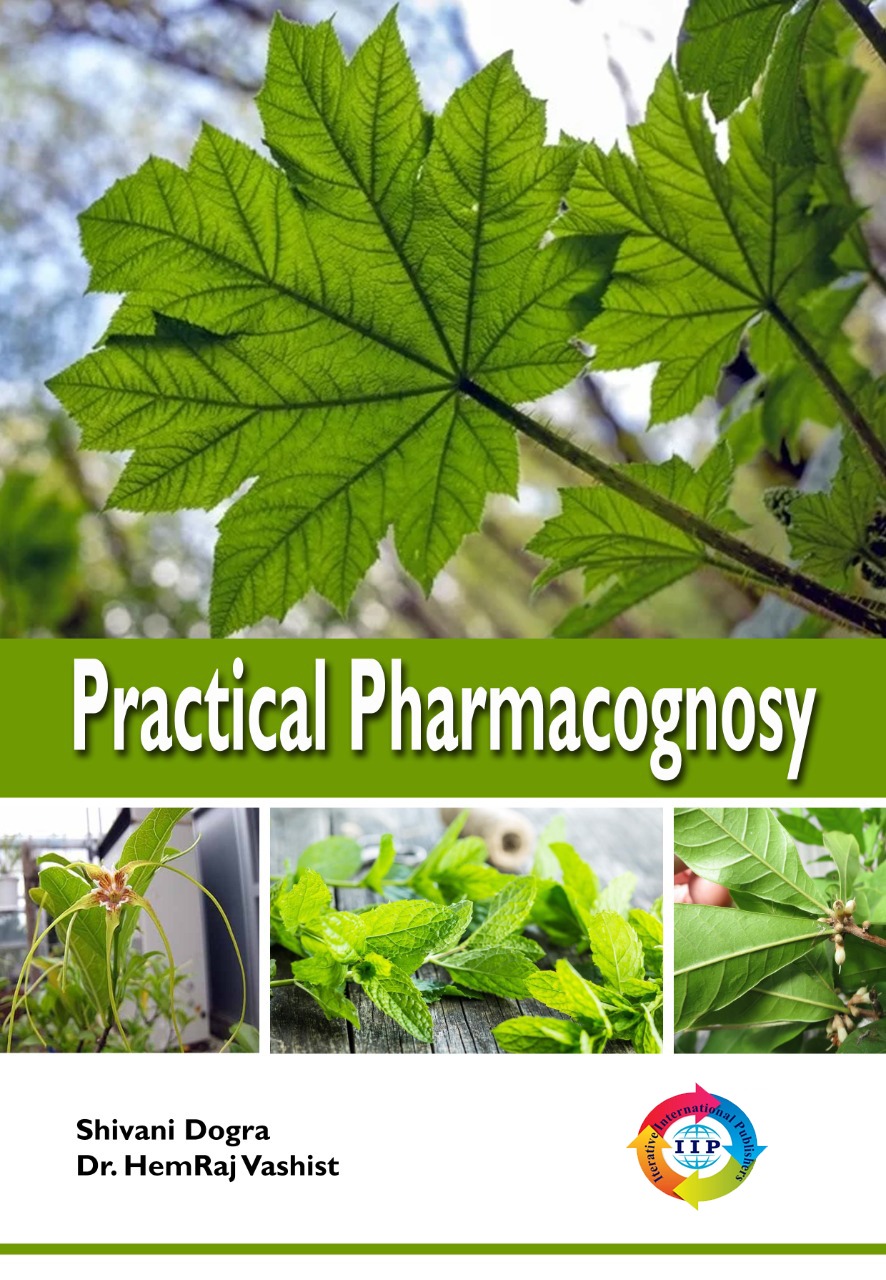
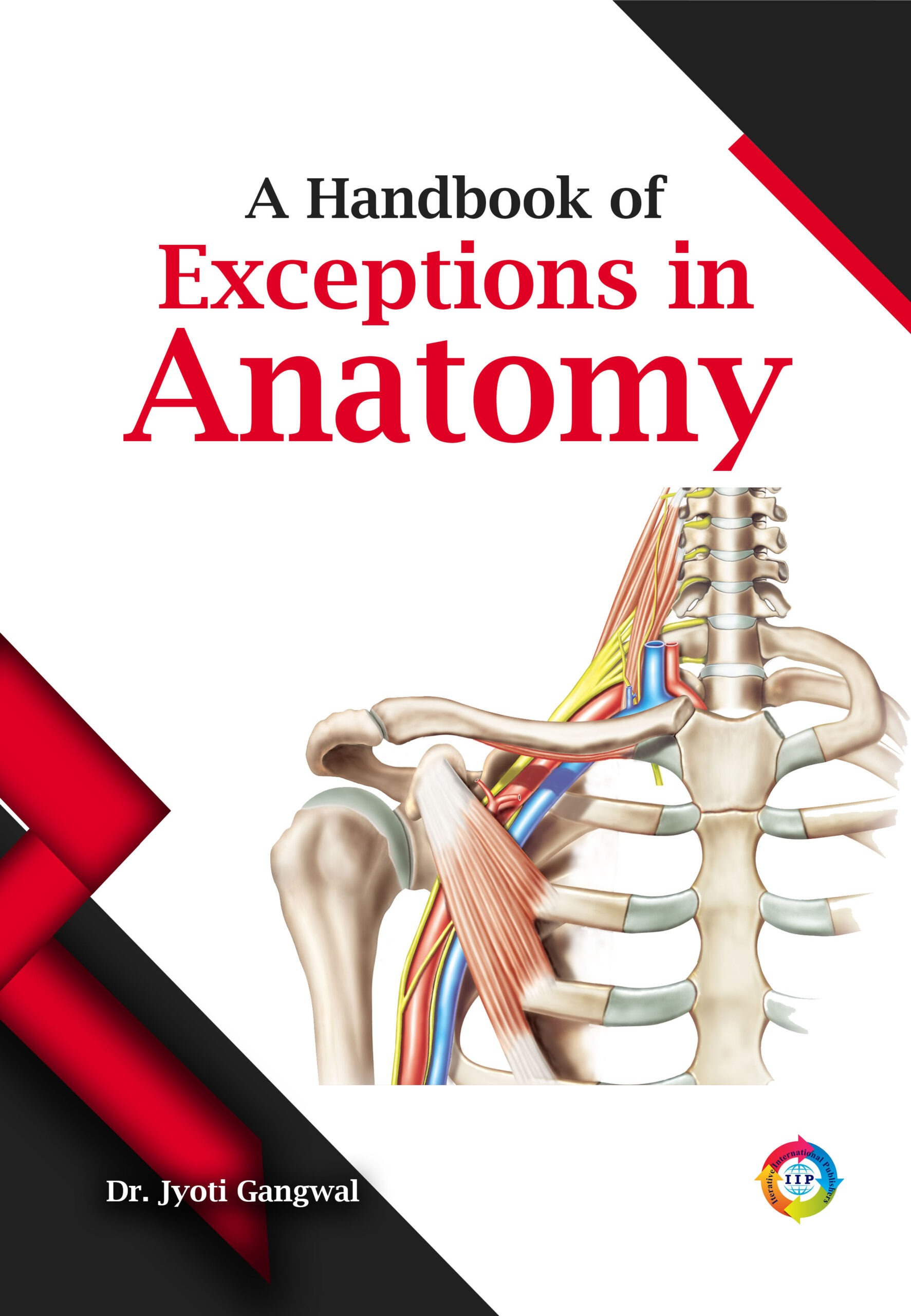
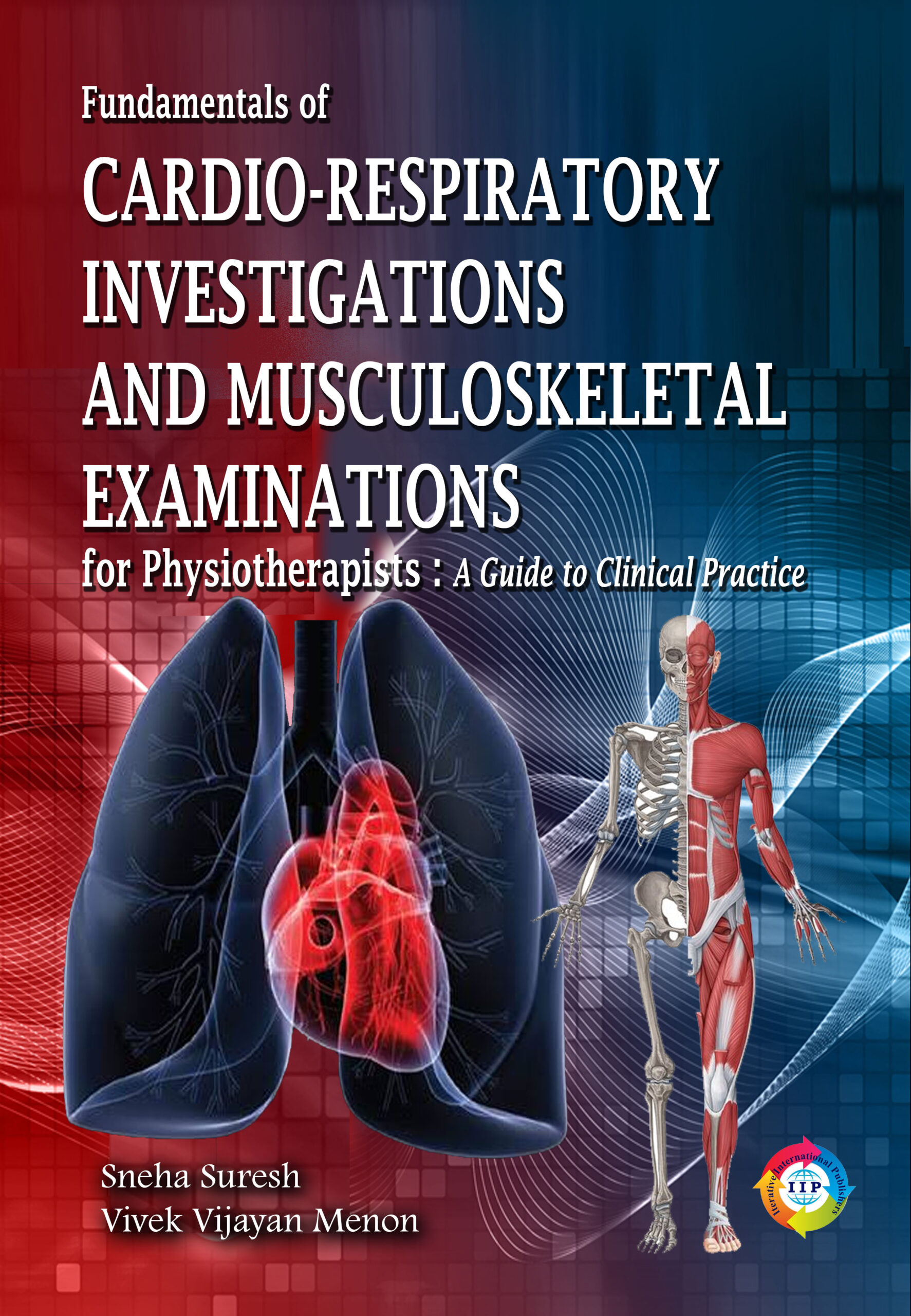
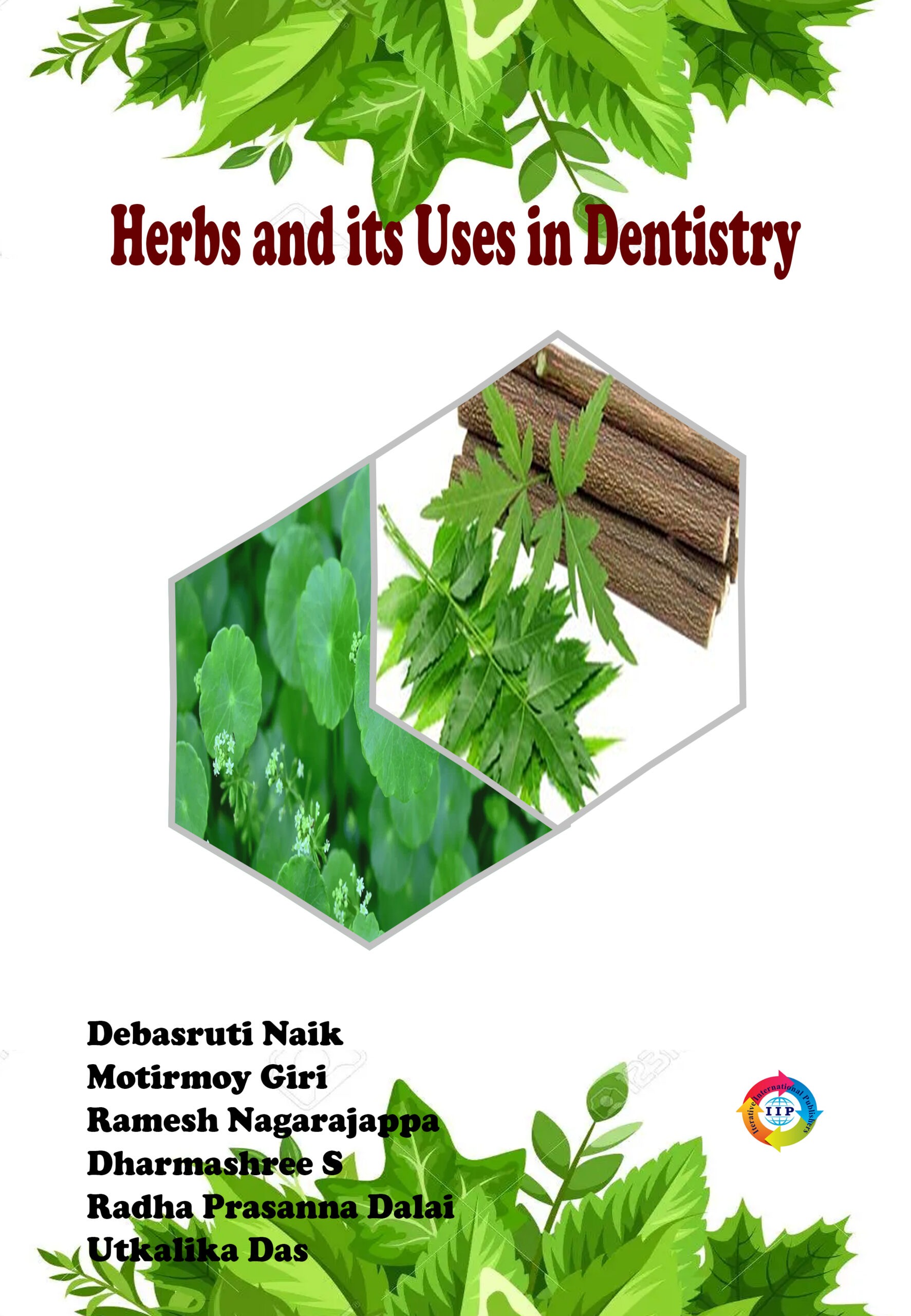
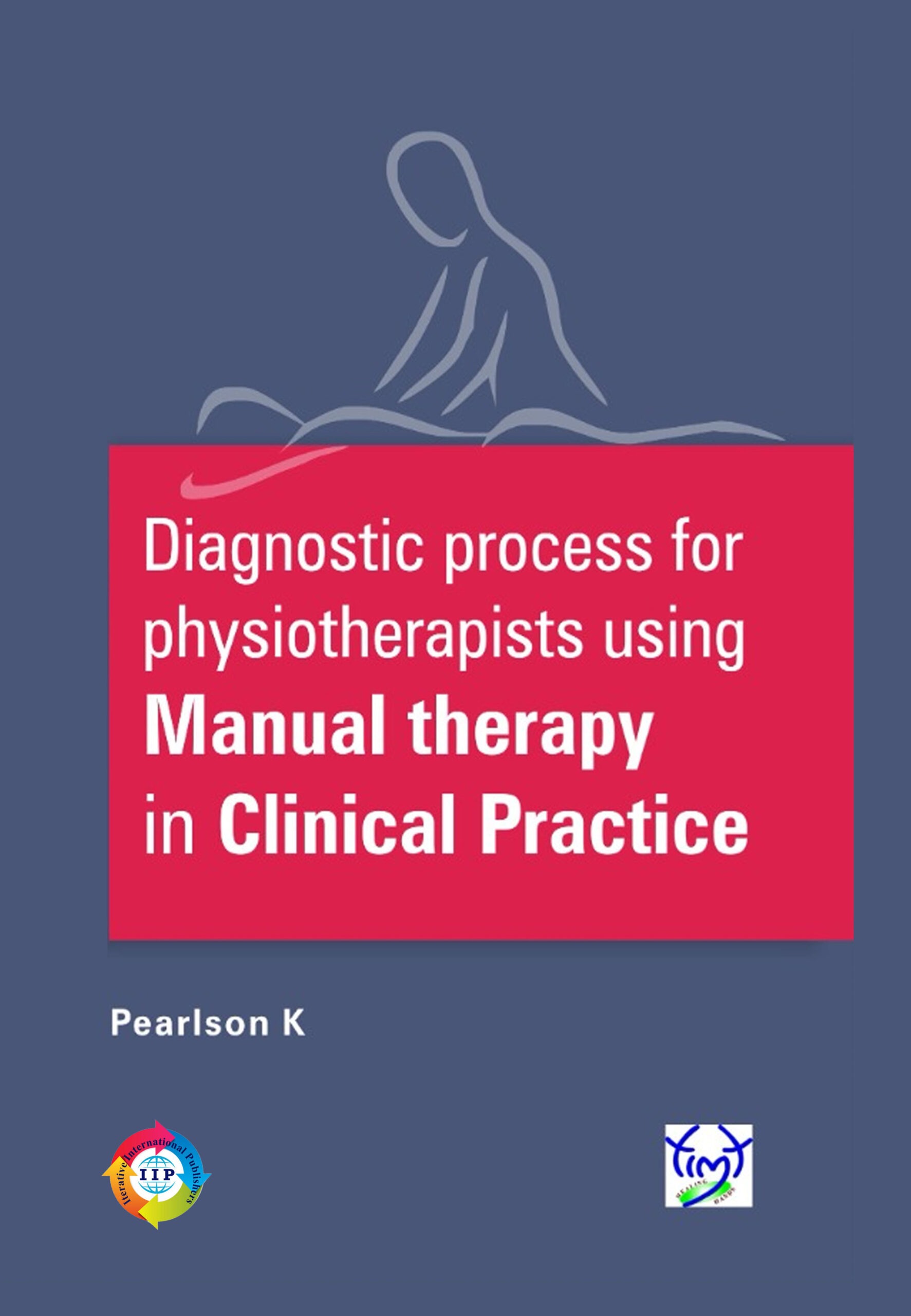
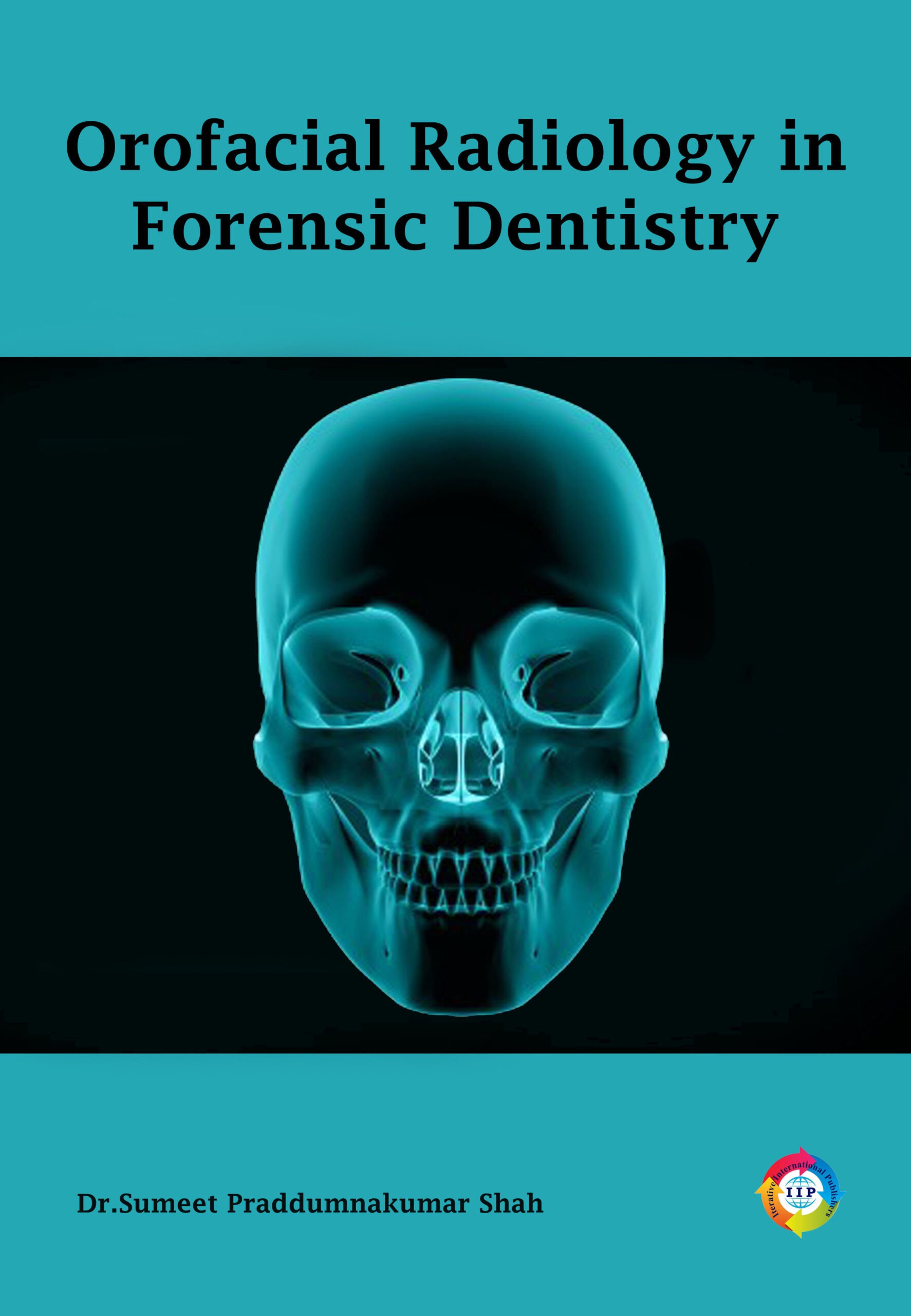
Reviews
There are no reviews yet.